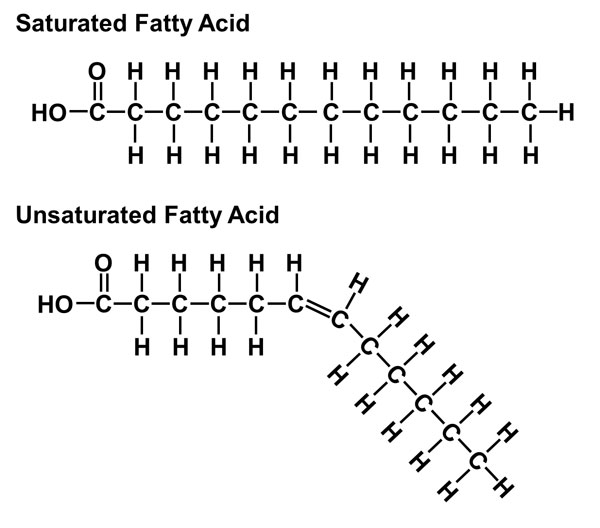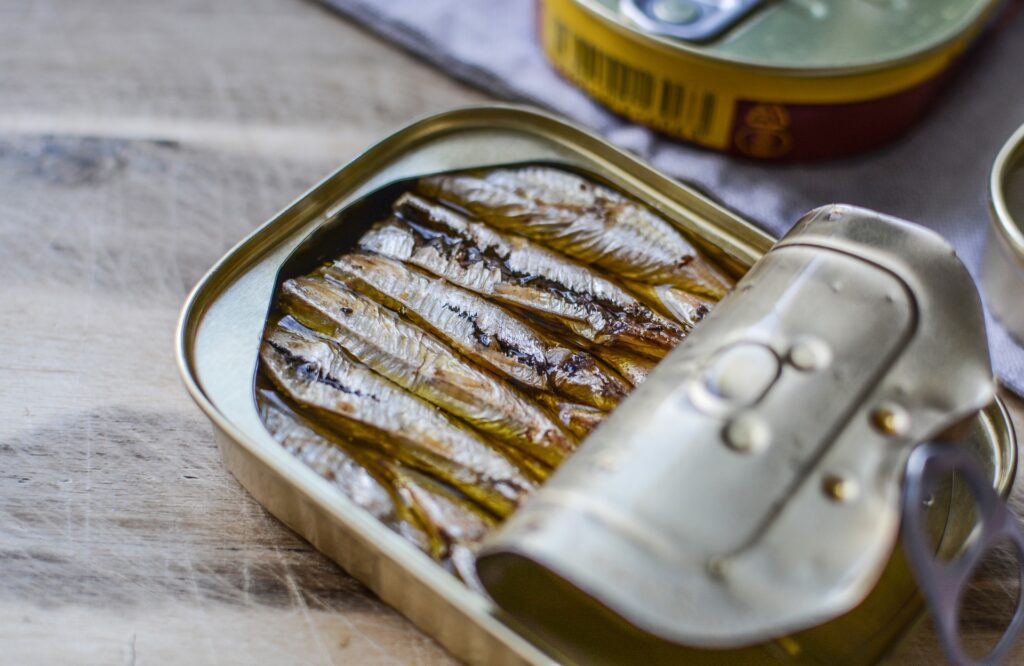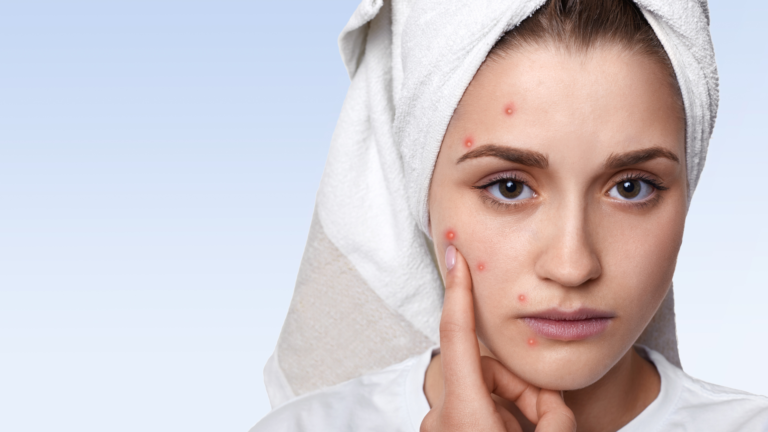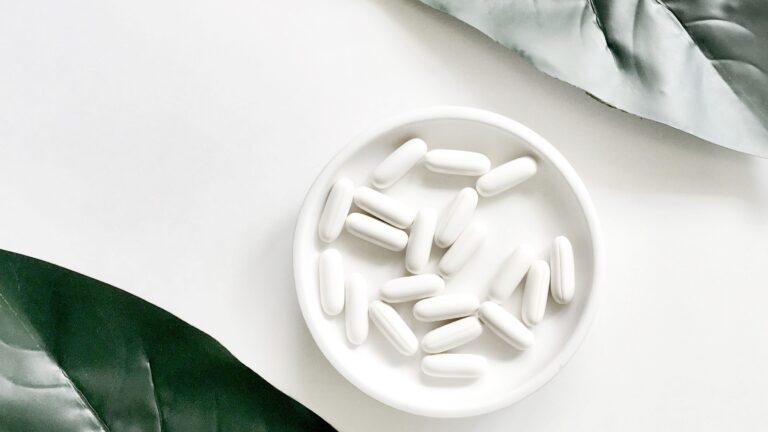Important fatty acids for skin health
Did you know that all the cells in the body’s cells are made up of fatty acids? It is important to add the right fatty acids for the cells, including the skin cells, to function optimally. Above all, the omega-3 fatty acids DHA and EPA, but also GLA, are important fatty acids for skin health.
What are fats and fatty acids?
Fat is made up of fatty acids that have different shapes and structures and thus different functions.
They can be long or short and straight or flexible.
The fatty acids are usually divided into different categories:
- Saturated fatty acids
- Monounsaturated fatty acids (eg omega 9)
- Polyunsaturated (eg omega 3 and 6)
What determines whether a fatty acid is saturated or unsaturated is how many so-called double bonds there are in the fatty acid. This is incredibly important for the properties of the fatty acid.
The polyunsaturated fatty acids have several double bonds, which makes them more flexible.
Omega-3 and omega-6 are two known polyunsaturated fatty acids.

Omega 3: ALA, EPA and DHA
Alpha linolenic acid (ALA) is a vegetable omega 3 fatty acid found in flaxseed, flaxseed oil, walnuts and pumpkin seeds.
ALA is classified as an essential fatty acid because we can not form it in the body, but it must come from the diet. However, ALA is not active in the body, but must be converted to the active fatty acids eicosapentaenoic acid (EPA) and docoshexaenoic acid (DHA), in the body.
Different people have different abilities to convert the fatty acids in the right way and many micronutrients are required in the process, and therefore it is good to get EPA and DHA from other sources.
When we eat animal foods containing omega-3-fatty acids, such as salmon, the salmon have already made the conversion from the vegetable ALA to EPA and DHA from the algae they ate and we get these active fatty acids right away. The same applies to e.g. meat from grazing animals, which has more omega 3 fatty acids than animals that have received other types of feed.
Omega 3 fatty acids are very sensitive to heat, oxygen and light and are easily oxidized. Therefore, you should’t use these oils when cooking but use them in cold dishes such as salads or smoothies.
Omega 3 and the skin
EPA and DHA are important for all cell membranes. The cells in the body are surrounded by a membrane containing fatty acids such as the omega 3 fatty acids eicosapentaenoic acid (EPA) and docosahexaenoic acid (DHA).
These fatty acids make the membrane soft and resilient and help nutrients to enter the cell more easily. The reason why fatty acids have that effect is that they are polyunsaturated, which means that they are more flexible than saturated fatty acids.
If there are not enough of these fatty acids to build cell membranes, other types of fatty acids are used instead, which may not be suitable for that purpose at all, which makes the cell membrane harder and does not work optimally.
EPA and DHA also have anti-inflammatory properties and are sometimes used in acne and eczema.

Omega 6: GLA
Gamma-linolenic acid (GLA) is an omega 6 fatty acid and precursor to prostaglandin 1 (PGE1). GLA is formed from the omega 6 fatty acid linolenic acid. Another omega 6 fatty acid is arachidonic acid, it is important for the brain.
PGE1 is anti-inflammatory, important for skin and hair building and blood supply to tissues.
GLA is an important component in the cell walls and is important for nutrients to enter, and slag products out of, the cell. GLA is used for problems with eczema. GLA also has the ability to regulate hormones in the body and can be good for people suffering from PMS.
GLA is found in evening primrose oil supplements, borage oil supplements, spirulina and hemp.
Studies on fatty acids and the skin
One study looked at the relationship between diet and skin elasticity, moisture and wrinkles. It was found that high fat intake (saturated and unsaturated) was associated with fewer wrinkles and better elasticity. However, high intake of butter and margarine was associated with more wrinkles.
Omega 3 and omega 6 fatty acids are important for cell membranes, which affects the skin’s structure and thus the regulation of moisture. Supplements of linoleic acid and GLA have been shown to reduce the loss of moisture from the skin and significantly reduce visibly dry skin. An experiment on flaxseed oil (containing the omega 3 fatty acid alpha-linolenic acid) and borage oil (containing GLA) showed that they significantly increased the hydration of the skin and reduced inflammation in the skin after 12 weeks. In the people who received flaxseed oil, the skin became smoother.
One study showed that a higher intake of linolenic acid from the diet contributed to fewer wrinkles, less dryness and thinning skin.
References
- de Spirt S, Stahl W, Tronnier H, Sies H et al. Intervention with flaxseed and borage oil supplements modulates skin condition in women. British Journal of Nutrition. 2009;101
- Nagata C, Nakamura K, Wada K et al. Association of dietary fat, vegetables and antioxidant micronutrients with skin ageing in Japanese women. British Medical Journal. 2010;103:
Nutrition Matters Skin –
Your complete guide to beautiful skin from within!












